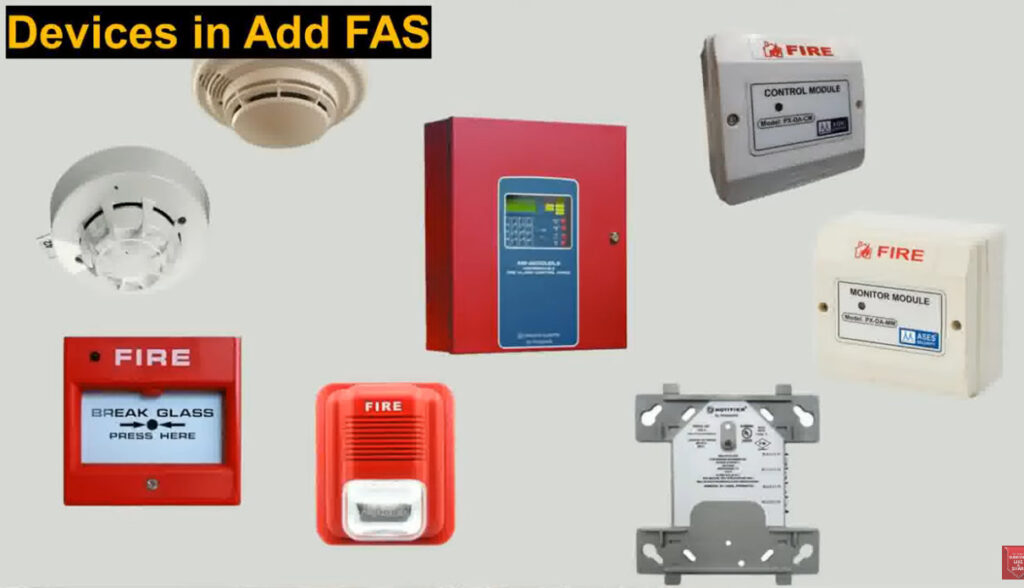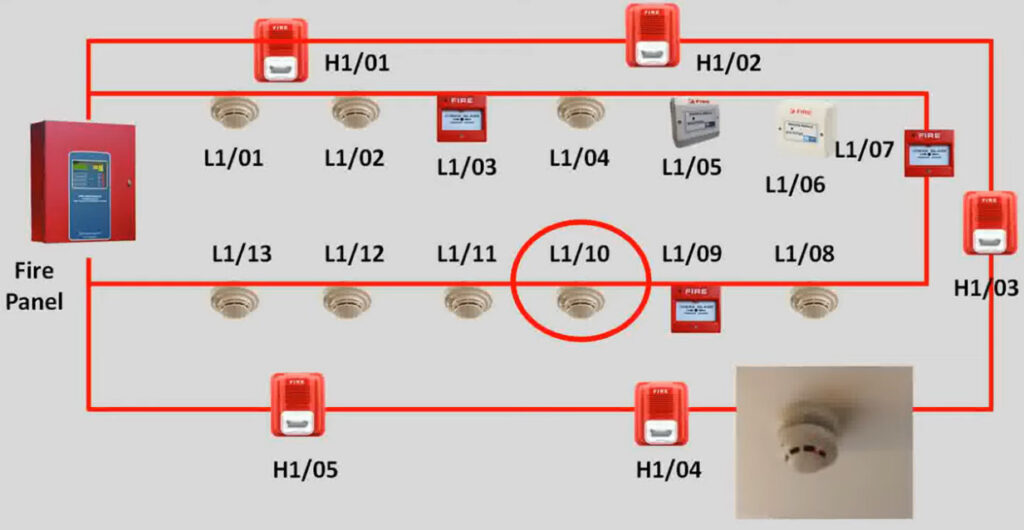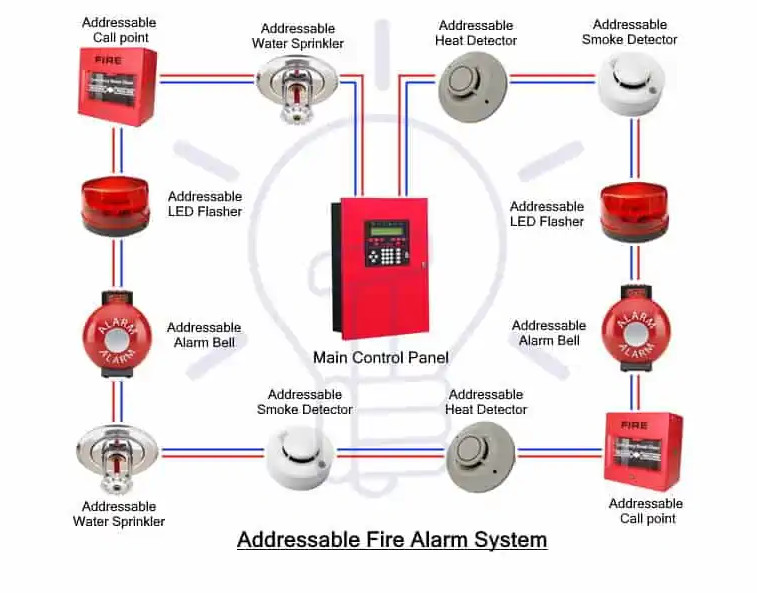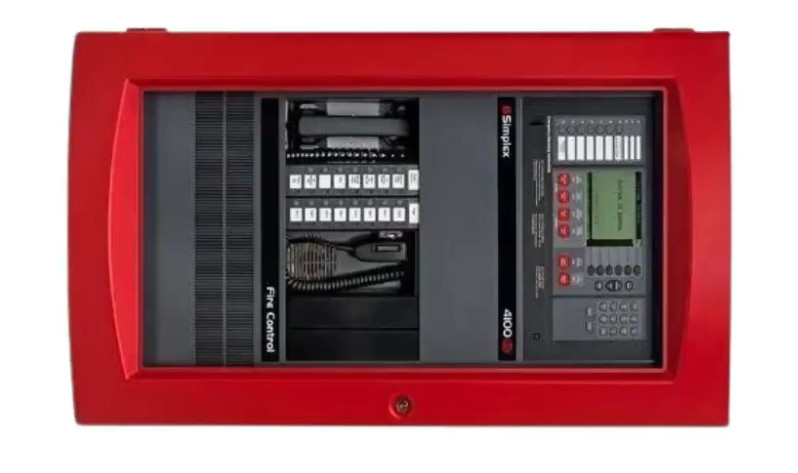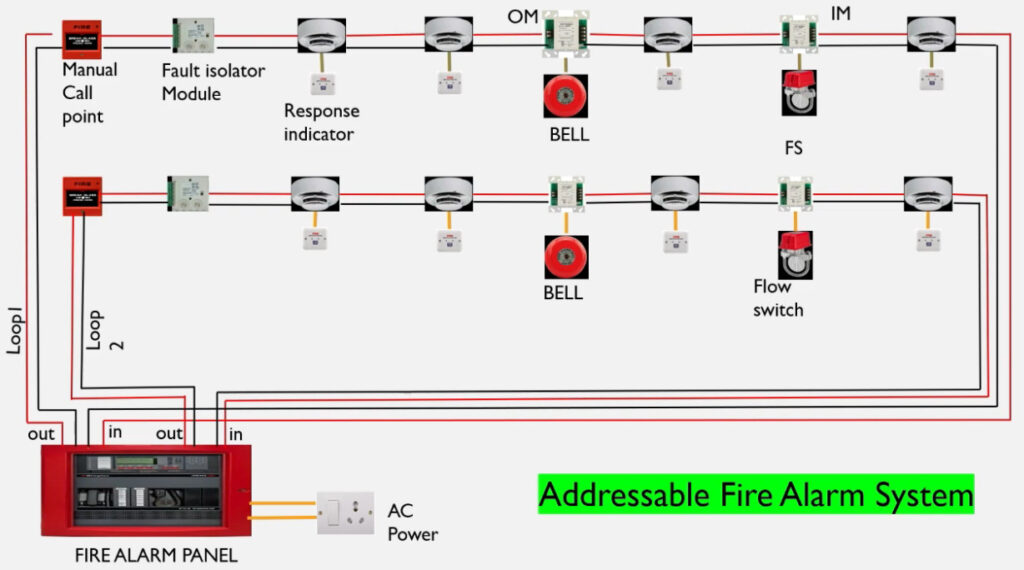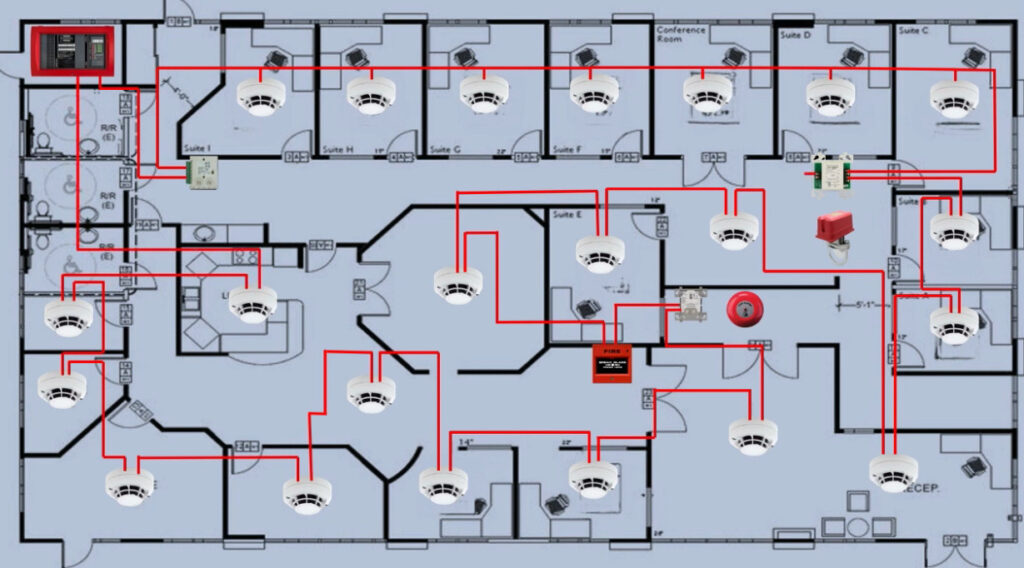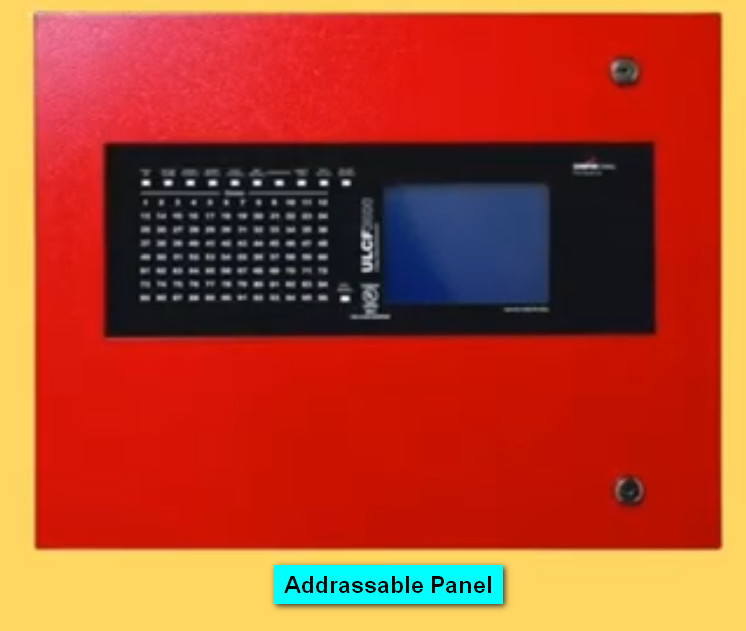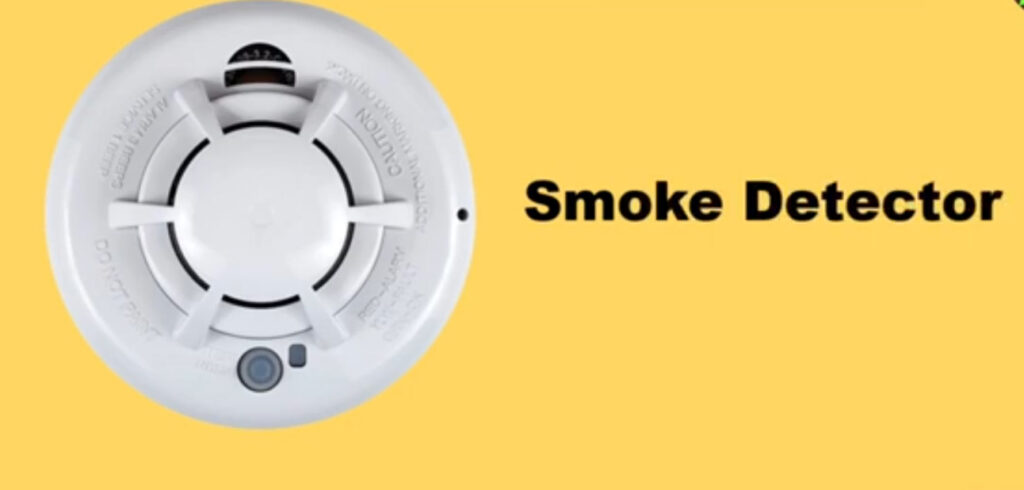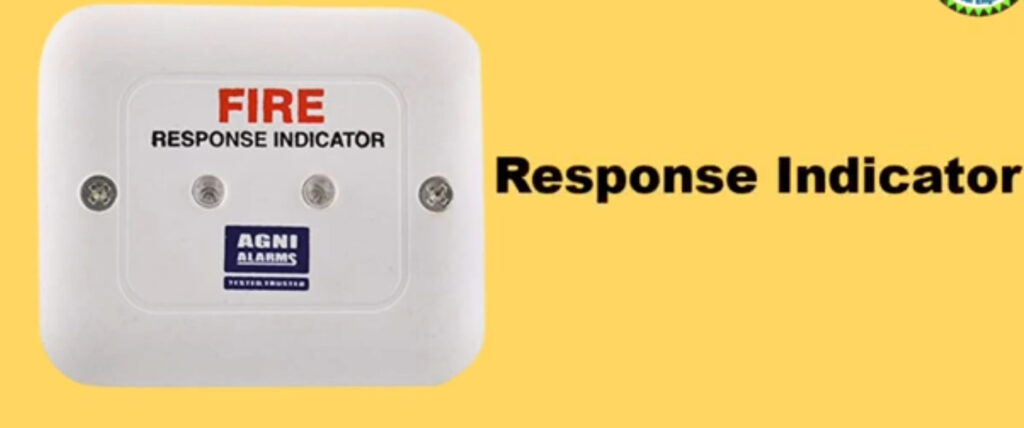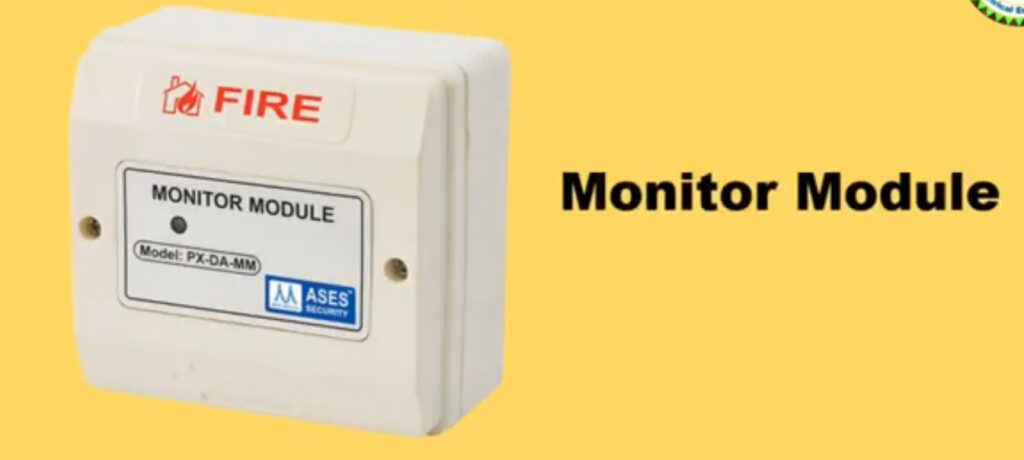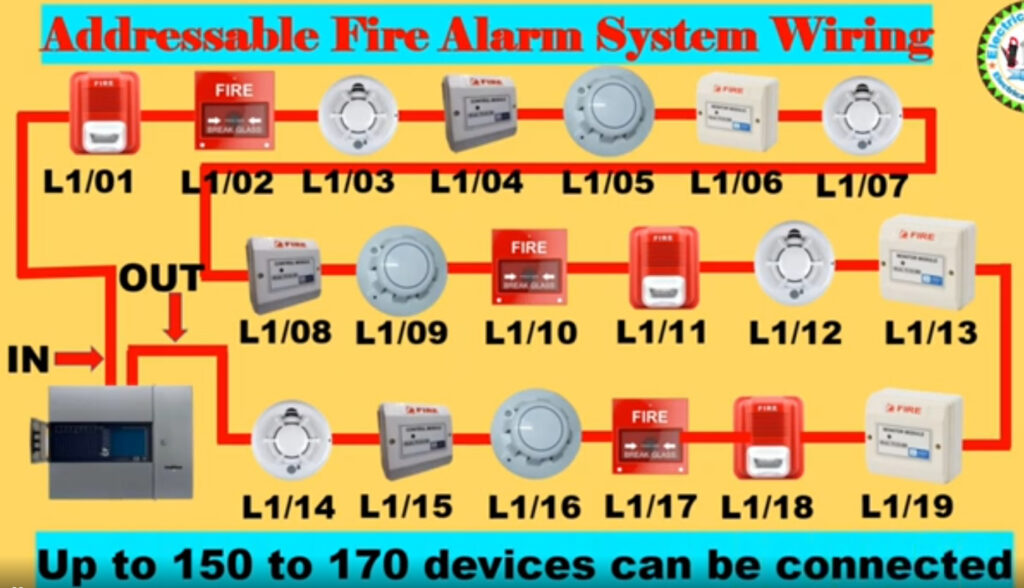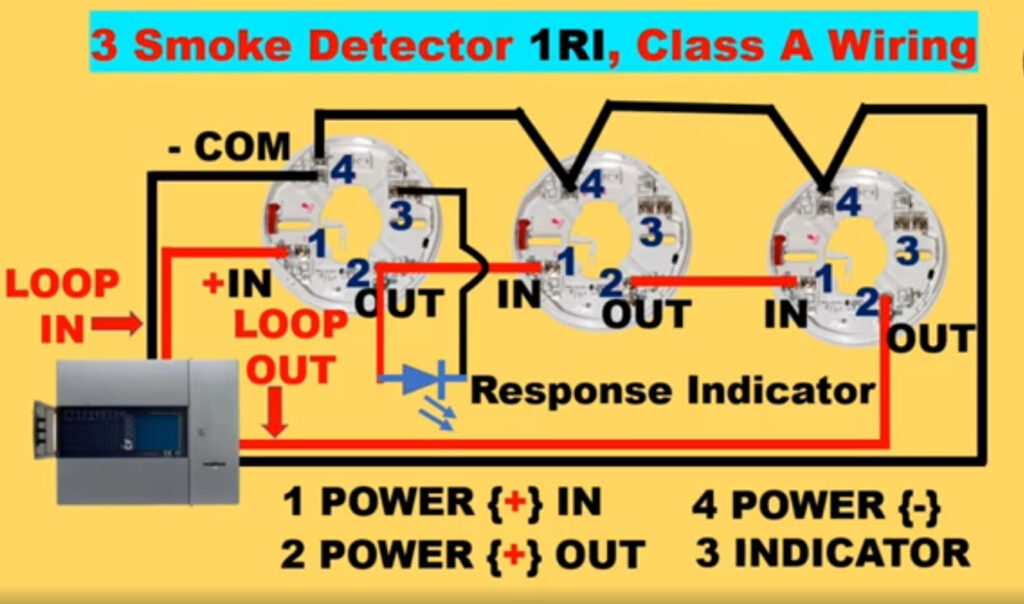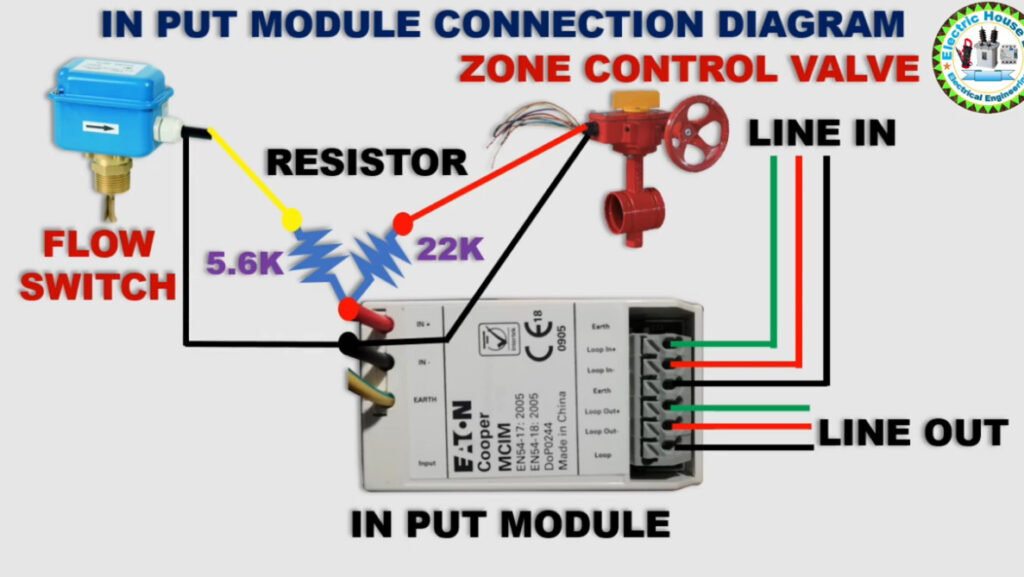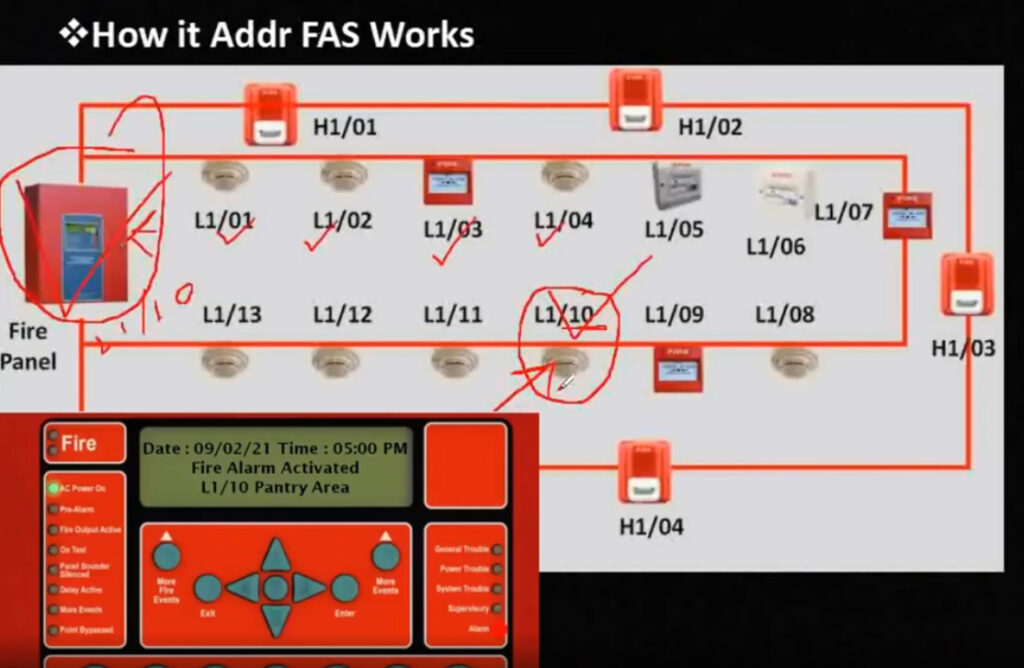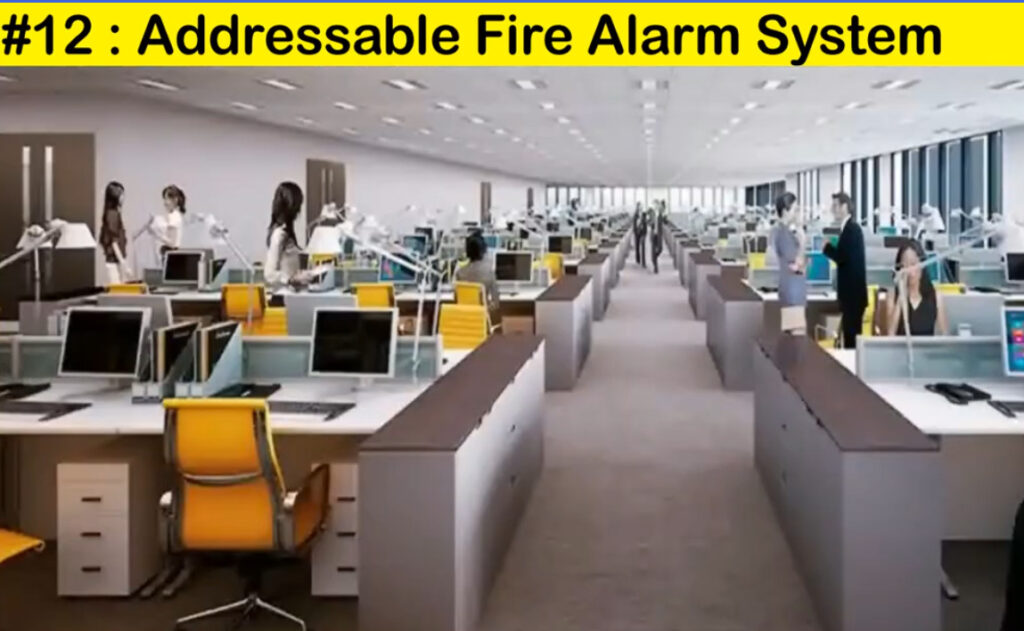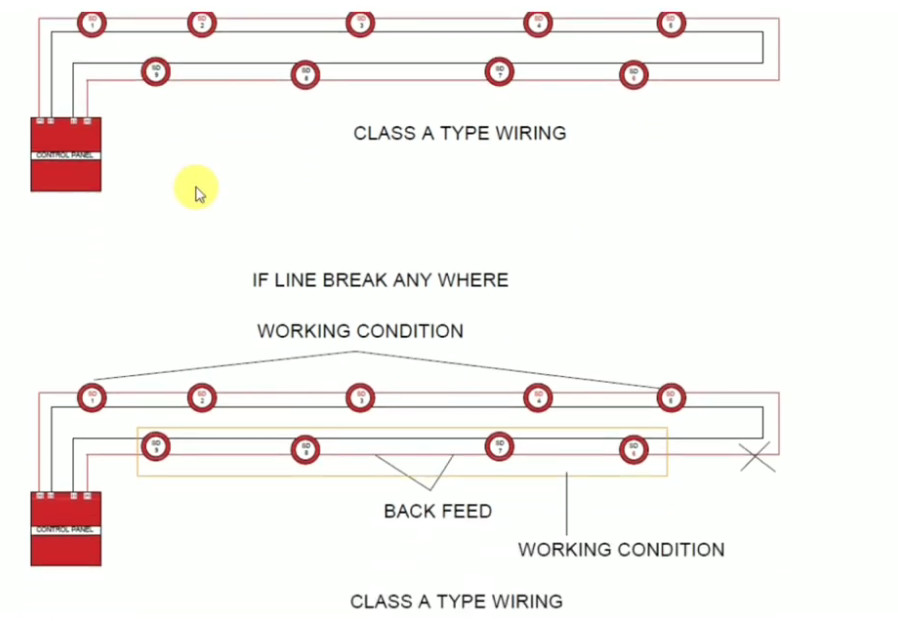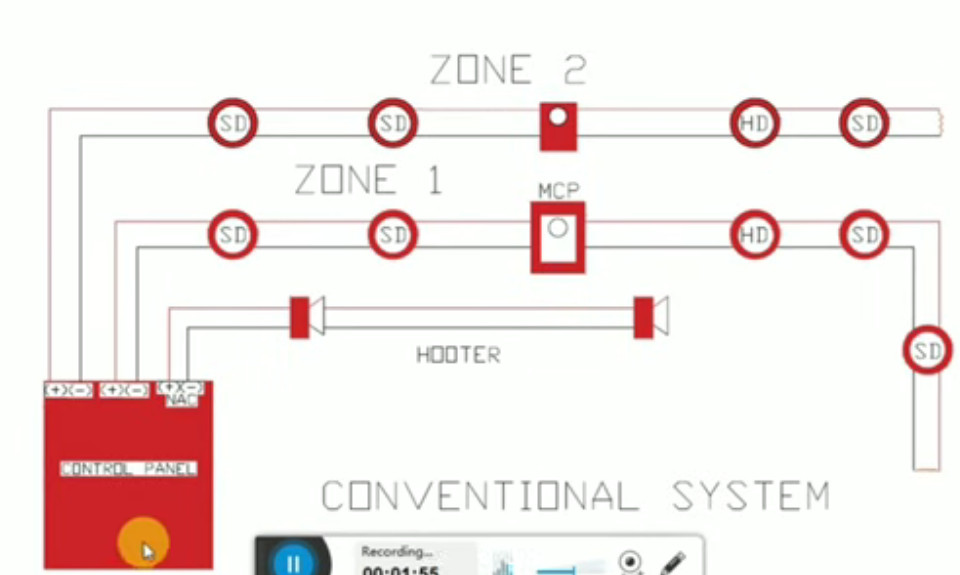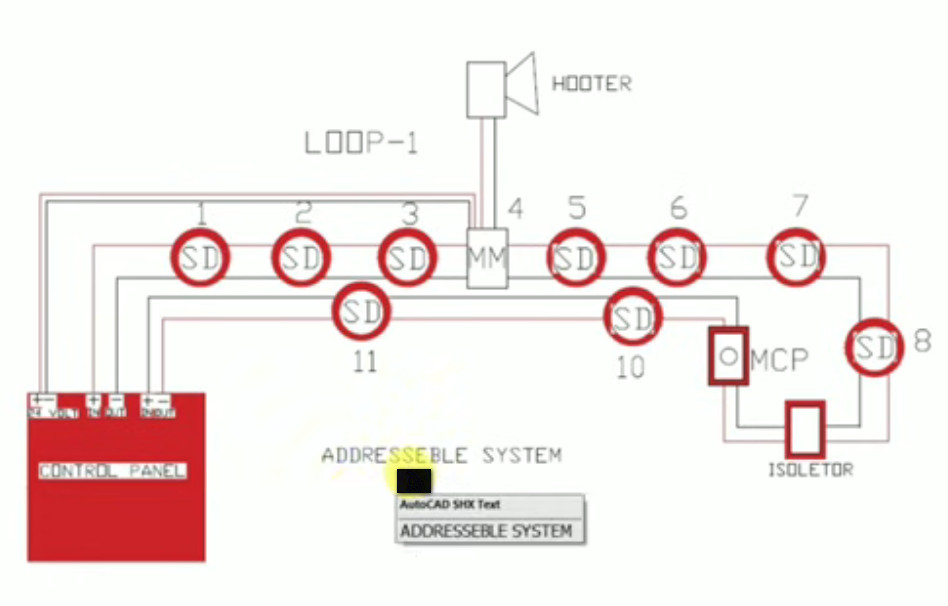- 8777701917
- info@saikatinfotech.com
- Basirhat W.B
An Addressable Fire Alarm System is an advanced type of fire detection system in which each device (such as a smoke detector, heat detector, or manual call point) is assigned a unique address or identification code. This allows the fire alarm control panel (FACP) to pinpoint the exact location of a fire or a fault in the system. Addressable systems are often preferred in large, complex buildings due to their precision, ease of maintenance, and scalability.
Individual Device Addressing:
Reduced Wiring Complexity:
Real-time Monitoring:
Flexible Zone Configuration:
Advanced Communication:
Easier Maintenance and Troubleshooting:
Scalability:
Fire Alarm Control Panel (FACP):
Addressable Smoke Detectors:
Addressable Heat Detectors:
Manual Call Points (MCP):
Sounders and Visual Indicators:
Relay and Isolator Modules:
Input/Output (I/O) Modules:
Door Release Modules:
Gas Detection Modules:
Water Flow Detection Modules:
Detection:
Signal Processing:
Response and Evacuation:
Fault Monitoring:
Precise Location Identification:
Fewer False Alarms:
Reduced Wiring:
Better System Integrity:
Scalability:
An Addressable Fire Alarm System provides a more advanced, efficient, and scalable solution to fire detection and safety compared to conventional systems. By assigning unique addresses to each device, the system enables precise identification of alarms, quick fault detection, and more effective response during emergencies. While installation may be more costly, the long-term benefits of improved safety, faster response times, and reduced maintenance make it an ideal choice for large and complex buildings or facilities.
